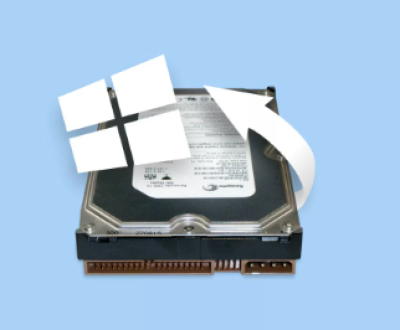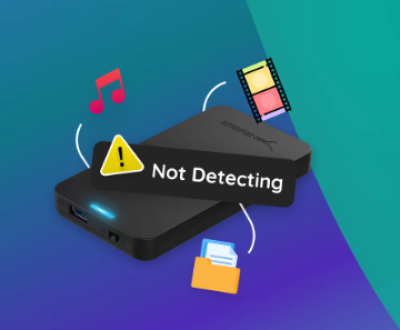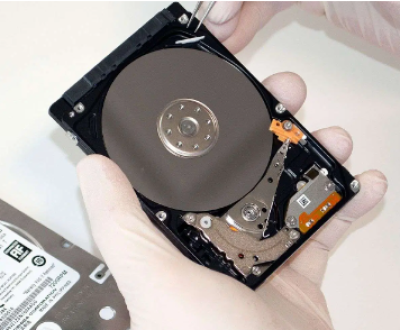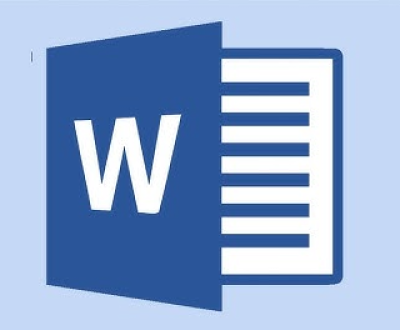Accidentally replacing a Word document can be a nerve-wracking experience, especially when it contains valuable data. Whether you were overwriting a file you thought was unnecessary or mistakenly hit “save” when trying to open an older version, the good news is that there are several ways to recover a replaced Word document on a Mac.
The Overwrite Process: When you save a file with the same name and in the same location as an existing one, the previous version of the document is replaced by the newer one. This means that the older version is no longer accessible through the Finder.

Temporary Files: Word (and many other apps) creates temporary backup files while you work. These files can sometimes be used to restore previous versions of a document, even if you’ve overwritten it.
Time Machine: If you’ve been using Time Machine, Apple’s built-in backup feature, the system may have automatically backed up your file, providing an easy way to recover previous versions.
Step 1: Check the Trash
The first step in recovering your replaced Word document is to check the Trash. It’s possible that the file you replaced is still there, particularly if you had deleted the original version before overwriting it.
Open the Trash by clicking on the Trash icon in the Dock.
Look through the items to see if your Word document is listed.
If you find the file, right-click and select Put Back to restore it to its original location.
Step 2: Use Word’s AutoSave and AutoRecovery Features
Microsoft Word has a built-in AutoSave feature that automatically saves your document at regular intervals. If you’ve been working on the document for some time, Word might have saved a copy before it was replaced.
Open Microsoft Word: Launch the Word application and check if the document appears in the Recent Documents list.
AutoRecovery: In case the document was saved after a crash or unexpected shutdown, Word will often attempt to recover the file automatically.
Open Word and click on File > Open Recent.
If you don’t see it, go to Word Preferences > File Locations and check the AutoRecovery file path to locate backup files.
Manually Search for AutoRecovery Files:
Go to your Finder and type the following in the search bar: ~Library/Containers/com.microsoft.Word/Data/Library/Preferences/AutoRecovery/.
You should see a list of automatically saved documents. Check if your replaced file is listed there and open it.
Step 3: Restore from Time Machine Backups
If you have been using Time Machine to back up your Mac, there is a good chance that a previous version of the Word document exists in a backup. Time Machine allows you to browse through your backups and restore lost or overwritten files.
Open Time Machine: Connect your Time Machine backup drive to your Mac (if it’s not already connected).
Enter Time Machine:
Click on the Time Machine icon in the menu bar.
Select Enter Time Machine to open the backup interface.
Navigate to the Document’s Original Location: Go to the folder where the replaced Word document was originally stored.
Restore the File: Use the timeline on the right side of the screen to go back to a date before you replaced the file. Once you find the document, select it and click Restore.
Step 4: Check for Backup Files on iCloud
If your Mac is synced with iCloud, your Word document may have been backed up to iCloud Drive. Here’s how to check for it:
Open Finder and go to iCloud Drive in the sidebar.
Look through the folders and search for your replaced Word document.
If the file is there, you can restore it to its original location by dragging it back to your local hard drive.
Step 5: Use Data Recovery Software
Panda Assistant is a reliable data recovery tool designed to help users recover lost, deleted, or overwritten files. If you’ve accidentally replaced a Word document, Panda Assistant offers an efficient way to recover the lost content, even if it seems like the file is gone for good.
Deep Scanning: Panda Assistant uses advanced scanning algorithms to thoroughly search your storage drive for remnants of the overwritten file. Even though it might not appear in the file directory, traces of the replaced document could still be found in your hard drive’s unused sectors.
File Signature Search: Panda Assistant can detect files based on their file signature, allowing it to locate Word documents even if they’ve been renamed or partially overwritten. This is particularly helpful when trying to recover a replaced Word document.
Preview Before Recovery: Panda Assistant provides a preview of recoverable files, allowing you to check if your replaced Word document is intact before restoring it.
Recovery from Any Storage Device: Whether your Word document was stored on your Mac’s internal drive, an external hard drive, or a USB flash drive, Panda Assistant supports a variety of storage devices and can scan them for recoverable files.
Step 6: Use Terminal for Advanced Recovery
For advanced users, Terminal provides a way to access deeper system features that can help recover lost files. You can use it to try to find previous versions of files or work with hidden file directories.
Open Terminal by navigating to Applications > Utilities > Terminal.
Type the following command and press Enter:
arduino
sudo find / -name “filename.docx”
Replace “filename.docx” with the name of the document you are trying to recover. This command will search through your entire system for the file.
Review the Results: If the file is found, note its location and check if it’s recoverable.
Step 7: Contact a Professional Data Recovery Service
If all else fails, and the document is extremely important, you may need to contact a professional data recovery service. These companies specialize in recovering lost, deleted, or overwritten files, even from damaged or corrupted hard drives.
Some well-known data recovery services include:
Drive Savers
Ontrack
SalvageData
These companies often offer a free consultation to determine if your file is recoverable. If you choose to proceed, the recovery process can be costly, but it may be your last option for retrieving the replaced Word document.
Preventing Future Data Loss
Once you have successfully recovered your replaced Word document, it’s important to take steps to prevent this from happening again in the future. Here are some tips:
Enable Time Machine Backups: Time Machine provides an easy way to restore files to a previous state. Make sure Time Machine is set up and actively backing up your system.
Use Cloud Storage: Services like iCloud, Google Drive, or Dropbox can automatically sync your files across devices. This way, you always have a cloud-based backup of your important documents.
Use File Versioning in Word: Word offers a built-in version history feature that can be enabled through cloud storage services like OneDrive or SharePoint. This allows you to revert to older versions of a file without the risk of overwriting them.
Manually Create Backups: While automated backups are great, it’s always a good practice to manually back up important files to an external drive or cloud service.
Enable AutoSave in Word: This feature saves your work as you type, reducing the likelihood of losing an unsaved version of a document.
About us and this blog
Panda Assistant is built on the latest data recovery algorithms, ensuring that no file is too damaged, too lost, or too corrupted to be recovered.
Request a free quote
We believe that data recovery shouldn’t be a daunting task. That’s why we’ve designed Panda Assistant to be as easy to use as it is powerful. With a few clicks, you can initiate a scan, preview recoverable files, and restore your data all within a matter of minutes.
Subscribe to our newsletter!
More from our blog
See all postsRecent Posts
- How to recover data from portable hard drive 2025-07-10
- How to recover data from a broken hard drive 2025-07-10
- How do i recover files from a formatted hard drive 2025-07-10

 Try lt Free
Try lt Free Recovery success rate of up to
Recovery success rate of up to









